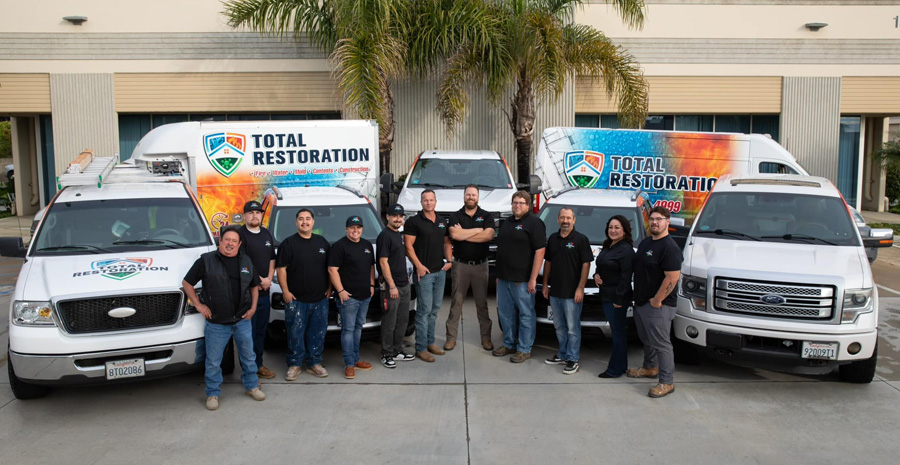Fire Damage Reconstruction Isn’t a Patch Job — It’s a Total Rebuild
You can’t slap new drywall over a charred wall and call it a win. Fire doesn’t just scorch surfaces, it warps beams, delaminates roof decking, and vaporizes structural integrity. That smoke smell? It’s inside your studs, your insulation, your HVAC returns.
This isn’t cosmetic. It’s surgical.
Fire damage reconstruction means starting from what’s salvageable—and ripping out what’s not. That’s framing, sheathing, roofing, drywall, insulation, electrical, plumbing. Gut to frame, rebuild to code, lock it airtight.
Fire damage framing replacement must come first
If a contractor leads with “paint and patch,” walk them out. Fast.
Real reconstruction starts under the surface:
- Framing check: Are your joists still load-bearing—or charcoal art?
- Sheathing & roofing: Any fire in the attic means your roof structure’s suspect. We inspect, strip, and reframe if needed.
- Subfloor integrity: Smoke and water warp OSB fast. We scan for deflection and replace compromised sections.
- Insulation: If it smelled the fire, it holds the smoke. Full removal. No shortcuts.
- HVAC ducting: A hidden smoke trap. Needs sealing or full rerun.
This isn’t renovation. This is recovery with blueprints.
Insurance claim reconstruction requires real documentation
Adjusters love band-aids. A little spackle here, a fresh coat there—on paper, it’s a cost-saver. In reality? It’s a risk multiplier.
Our team walks every site with laser levels, thermal imagers, and scopes. We don’t just assess. We document the rebuild. Framing repairs. Structural loads. Code upgrades. We talk adjuster math in their language—with receipts.
And if they push back? We’ve got public adjusters in-house who make denials disappear.
Because you don’t need just restoration. You need Total Restoration.
Fire rebuild sequencing prevents costly mistakes
Most GCs miss this. They demo too much or rebuild too soon. Result: bloated timelines, blown budgets, and callbacks from hell.
We run it tight:
- Phase 1: Structural stability—shoring, framing, engineering sign-offs.
- Phase 2: Mechanical roughs—plumbing, electrical, HVAC reroute.
- Phase 3: Insulation, drywall, texture. Paint only when every layer is clean.
- Phase 4: Final punch, inspector walk, zero-defect closeout.
We don’t overlap trades unless we’re sure they won’t trip each other up. No wasted motion. Every crew knows the plan.
Ventura County fire code rebuild requirements are non-negotiable
Local rebuilds aren’t generic. They’re shaped by:
- Wildland Urban Interface (WUI) rules
- Ventura County fire codes
- City-specific rebuild permit flows (hello, Oxnard backlog)
We rebuild with Class A roofing, fire-rated sheathing, ember-resistant vents, and mineral wool insulation where needed. Most national chains don’t even know those terms, let alone how to spec them.
Searching for “fire damage restoration near me?” Make sure “near” means “knows the area codes, the building inspectors, and what burns here fast.”
Because you don’t need just restoration. You need Total Restoration.
Full-service restoration means no subcontractor delays
We don’t outsource. We don’t play middleman. Every frame, wire, pipe, and panel is handled by our direct crews.
You’re not waiting on subs. You’re not chasing schedules. You’ve got a project manager who knows your house better than your floor plan.
We rebuild with speed. We rebuild with permits. We rebuild with purpose.

Ventura County homes are different. We treat them like it.
We know Ventura County homes. We’ve seen it all.
If you’re hunting for “fire damage restoration near me,” don’t bet your rebuild on a company from three counties over. Total Restoration is already in your neighborhood.
Fire torched your space? Don’t let amateurs turn cleanup into a second disaster.
Call our crew to hit your site in 90 minutes. No outsourcing. No waiting. Just Total Restoration.
Share
Lorem ipsum dolor sit amet, consectetur adipiscing elit. Ut elit tellus, luctus nec ullamcorper mattis, pulvinar dapibus leo.
